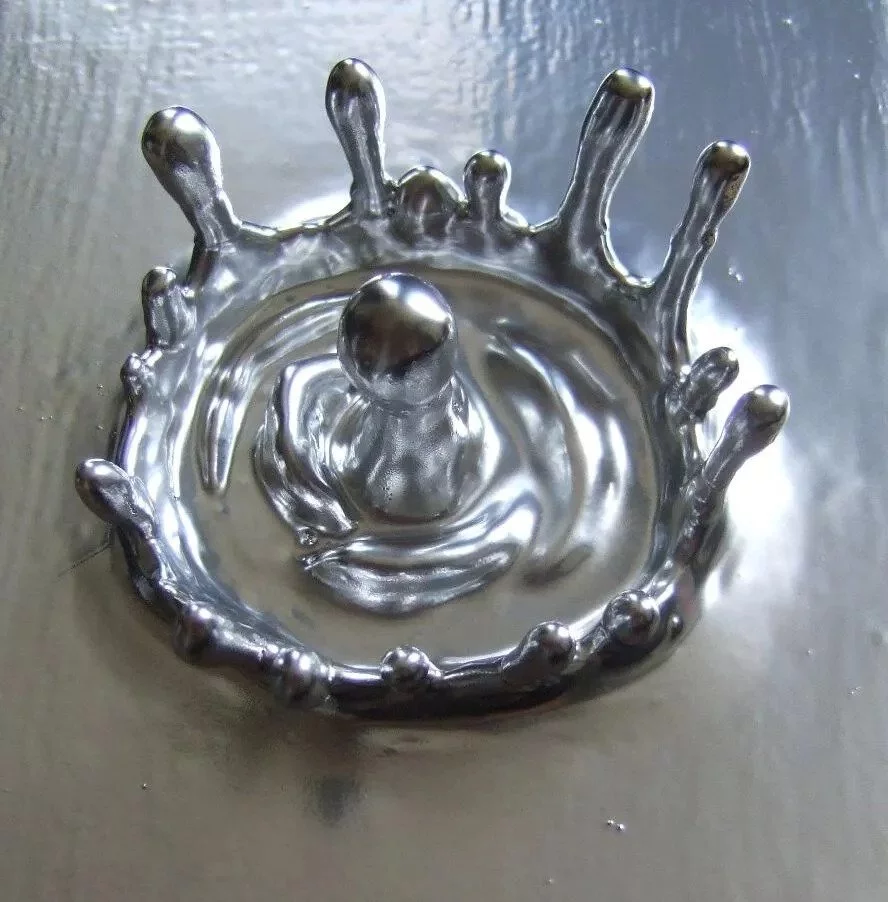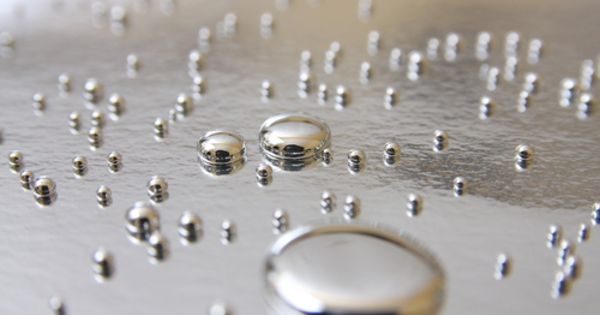A group of scientists may have discovered the ideal material for removing mercury from contaminated bodies of water, even at low levels.
Mercury emissions in the atmosphere have quadrupled since the Industrial Revolution, according to researchers. The heavy metal, which is produced by the combustion of fossil fuels and the disposal of industrial and medical waste, has become so persistent in aquatic environments that the US Food and Drug Administration recommends that a half dozen species of fish be avoided. For many years, scientists have been working on developing systems to remove mercury from water.
According to Drexel College of Engineering Professor Masoud Soroush, Ph.D., whose lab is developing a new adsorption technology, adsorption (the process of chemically attracting and removing contaminants) is the most promising technology for removing mercury from water due to its relative simplicity, efficiency, and low cost.
“Modern adsorbents, such as resins, mesoporous silica, chalcogenides, and mesoporous carbons, have higher efficiencies than traditional adsorbents, such as activated carbon, clays, and zeolites, which have low affinity and capacity for mercury,” Soroush explained. “However, the issue with all of these materials is that their mercury-removal efficiencies remain low, and they are unable to reduce mercury levels to less than one part per billion.”
Mercury is called quicksilver for a reason — it’s quite evasive once emitted into the environment, whether by burning fossil fuels, mining, or waste incineration. It quickly changes its chemical form — increasing its toxicity and making it tremendously difficult to remove from the bodies of water where it inevitably accumulates.
Professor Masoud Soroush
Soroush’s team of Drexel and Temple University researchers investigated the synthesis and use of a surface-modified titanium carbide MXene for mercury removal. MXenes are a family of two-dimensional nanomaterials discovered more than a decade ago at Drexel and have demonstrated a number of exceptional properties. The team’s findings were recently published in the Journal of Hazardous Materials.
According to Soroush, the benefits of titanium carbide MXene for mercury ion removal are its negatively charged surface and the tunability and versatility of its surface chemistry, making the MXene appealing for heavy metal ion removal. Titanium carbide MXene-based materials have demonstrated superior performance in gas separation, removing salt from water, killing bacteria, and kidney dialysis due to these properties and the layered structure of the MXene.
“We knew that 2D materials, such as graphene oxide and molybdenum disulfide, had previously been effective in removing heavy metals from wastewater through adsorption because of their chemical functionalities/structures that attract metal ions,” Soroush said. “MXenes are a similar type of materials but we estimated that titanium carbide MXene could have much greater uptake capacities than these other materials — therefore making it a better sorbent for mercury ions.”
But Soroush’s team needed to make a key adjustment to titanium carbide MXene’s chemical structure to further improve the material for one of its most challenging tasks.

“Mercury is called quicksilver for a reason — it’s quite evasive once emitted into the environment, whether by burning fossil fuels, mining, or waste incineration,” Soroush said. “It quickly changes its chemical form — increasing its toxicity and making it tremendously difficult to remove from the bodies of water where it inevitably accumulates. So, to attract mercury ions even faster we needed to modify the surface of titanium carbide MXene flakes.”
There is a natural attraction between mercury ions and titanium carbide MXene surface, as metal ions, like mercury, are positively charged and the surface of the MXene flakes are negatively charged. However, to pull mercury ions out of water more strongly the team needed to give this attraction a boost. To this end, they treated the MXene flakes with chloroacetic acid — a process called carboxylation — which provides the MXene with highly mobile, strong carboxylic acid groups and increases the MXene-flakes surface negative charge, improving the ability of the flakes to attract and retain mercury ions.
The result was a new sorbent material — carboxylated titanium carbide MXene, that demonstrated a faster mercury-ion uptake and greater capacity than all commercially available adsorbents, according to the researchers.
Soroush stated, “Carboxylated titanium carbide MXene proved to be far superior to the sorbent material currently being used for mercury-ion removal.” “Within one minute, it removed 95% of mercury ions from a contaminated water sample at a concentration of 50 parts per million, indicating that it could be effective and efficient enough for use in large-scale wastewater treatment.”
Titanium carbide MXene and carboxylated titanium carbide MXene removed 98% of mercury ions from a 10-milliliter water sample contaminated with mercury ions at concentrations ranging from 1 to 1000 parts per million in five minutes.
“This indicates that both [MXene] and [carboxylated MXene] are effective adsorbents to remove mercury ions from wastewater due to their special structural properties and high density of surface functional groups,” the team wrote. “Generally, the adsorption mechanism of metal ions follows two steps; at first, the ions are quickly adsorbed on the available active sites, and the process is swift. The adsorption proceeds slower as the adsorption sites fill up, and the ions are required to diffuse into the pores and interlayer.”
The development is significant in the battle to contain mercury pollution, which has become so pervasive that health authorities recommend avoiding eating certain species of fish altogether. Efforts to contain the mercury released by burning fossil fuels has proven as challenging as reducing dependence on the fuels themselves.
While shifting away from polluting energy sources is the ultimate solution to preventing the release of heavy metals like mercury into the environment, Soroush believes that this breakthrough could open up new avenues for cleaning up existing pollution.
“We intend to use carboxylated MXene technology to remove all heavy metal ions,” he says. “Aside from using carboxylated MXene as a sorbent, another method is to fabricate filters coated or embedded with carboxylated MXene.”





